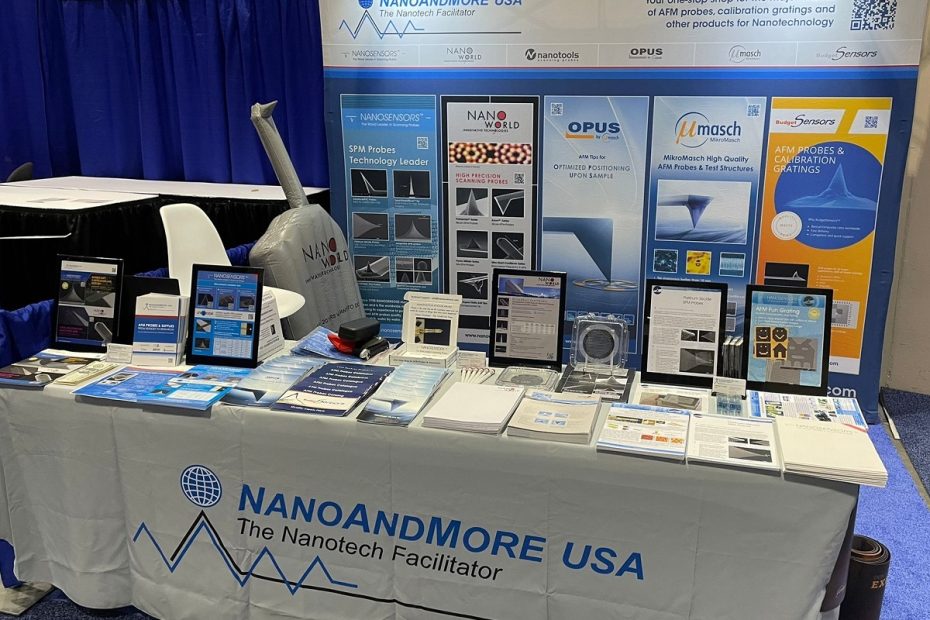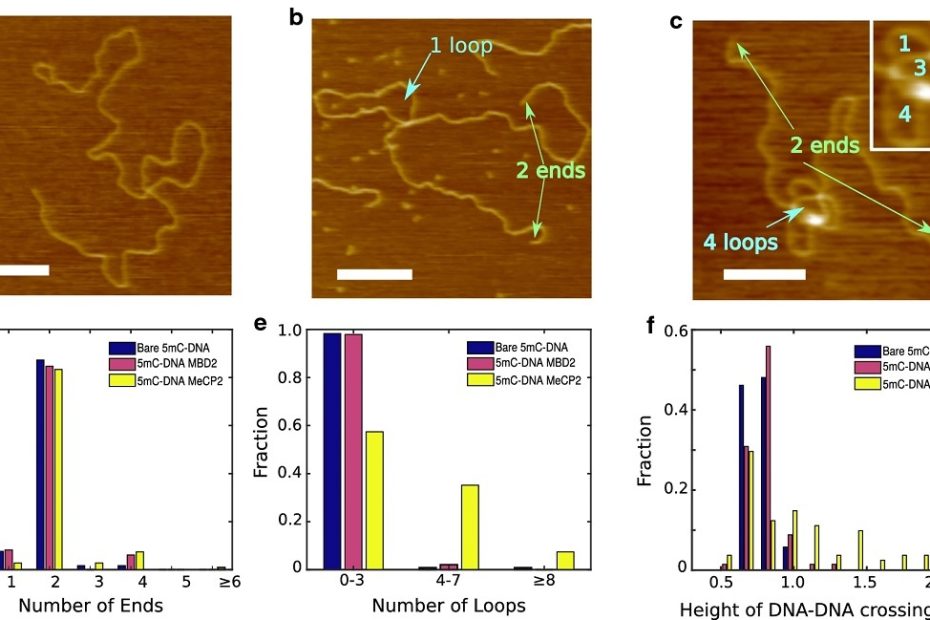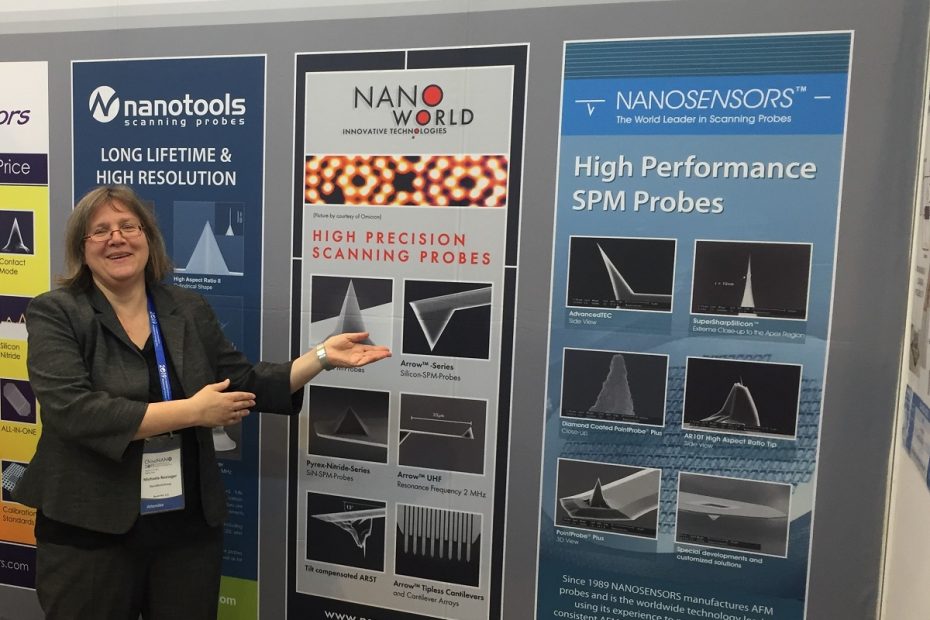Find out more about NANOSENSORS AFM probes at MRS Fall 2021 this week
Our distributor NanoAndMore USA has a booth @Materials_MRS MRS Fall Meeting & Exhibit 2021 in Boston this week. Visit them at booth no. 609 and… Read More »Find out more about NANOSENSORS AFM probes at MRS Fall 2021 this week


![Figure 2 from “Electric-field-driven non-volatile multi-state switching of individual skyrmions in a multiferroic heterostructure” by Yadong Wang et al.: Electric-field-induced switching of individual skyrmion. The transferred average strain εave and corresponding magnetic domain evolution processes in the d ~ 350 nm a [Pt/Co/Ta]12 and b [Pt/Co/Ta]8 nano-dots in a cycle of E ranging from +10 to −10 kV cm−1. Positive εave (red dots) represents tensile strain while negative εave (blue dots) represents compressive strain. μ0H represents the external magnetic field except that from the MFM tip and here μ0H is equal to be 0 mT. The inset of b illustrates the spin texture of the magnetic domain that is encompassed by the red box. The stripe domain enclosed by the black box shows the initial state of the magnetic domain evolution path. The gray dots represent the corresponding electric field for the MFM images. The MFM contrast represents the MFM tip resonant frequency shift (Δf). The scale bar represents 250 nm. NANOSENSORS™ PPP-LM-MFMR low moment magnetic AFM probes were used](https://www.nanosensors.com/blog/wp-content/uploads/2022/11/figure-2-from-Electric-field-driven-non-volatile-multi-state-switching-of-individual-skyrmions-in-a-multiferroic-heterostructure-by-Yadong-Wang-et-al-2020-NANOSENSORS-PPP-LM-MFMR-2-930x547.jpg)

